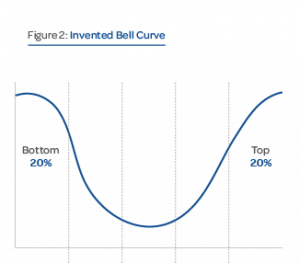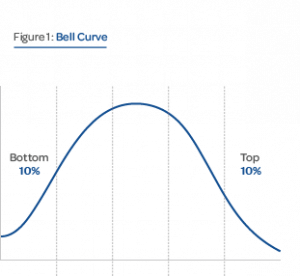There is an often-repeated mantra in business that it is easier to grow your business by doing more business with existing customers than by acquiring new ones. The goals of customer experience improvements are to actualize that mantra. Based upon a recent conference I attended, one might have come away with a very different point […]
Read More








